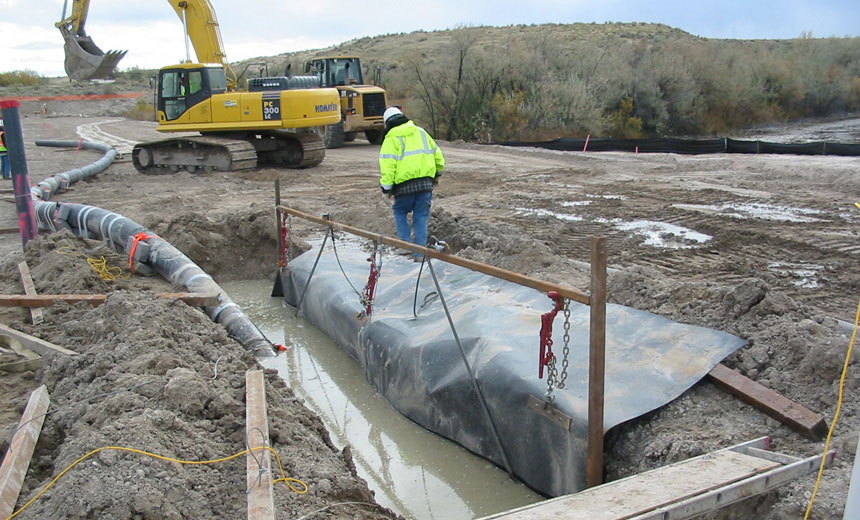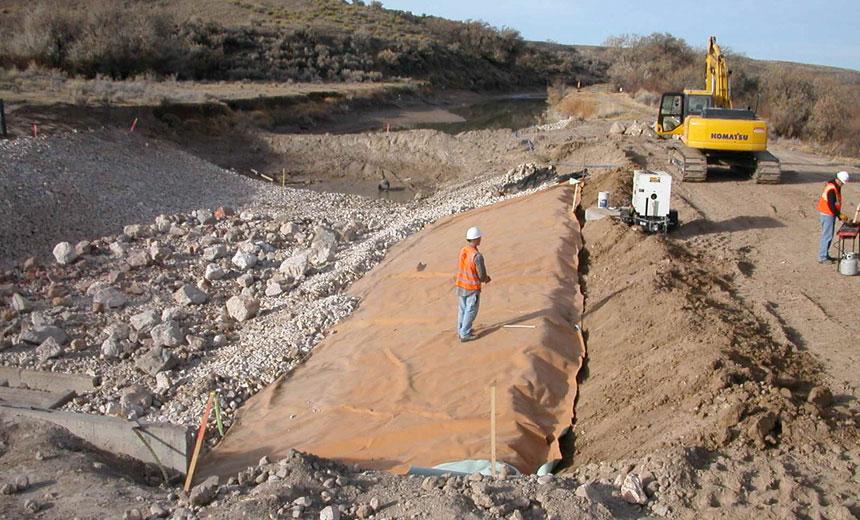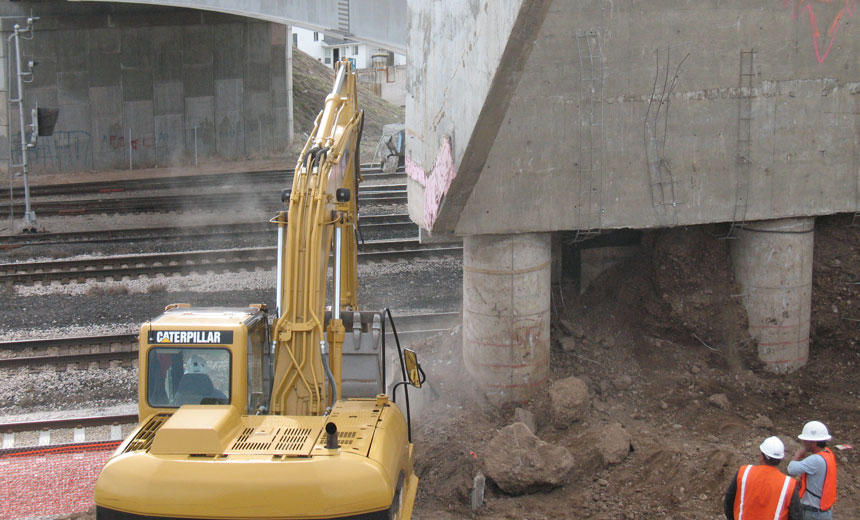As members of the design-build team, principals of Gerhart Cole Inc. (CGI) provided both project management and engineering design services for the geotechnical aspects of this massive design-build project, which involved the reconstruction of 17 miles of interstate highway through urban Salt Lake City and was recognized with ASCE’s 2002 Outstanding Civil Engineering Achievement Award.
This project included foundation design for 144 bridges, 11 interchanges, and widening of existing roadways from 6 to 10 and 12 lanes, all while maintaining traffic flow in and out of the city. Scheduled to be completed in only four and one-half years, this fast-track project by Utah Department of Transportation was then North America’s largest design-build highway project.
A majority of the highway alignment is across soft-deep clay deposits lying at close proximity to the Wasatch Fault; hence, both settlement and seismic design issues were paramount. Pavements on new embankments up to 20-m high were designed to meet stringent short- and long-term settlement tolerances and accelerated construction schedules. GCI principals provided specially engineered foundation treatments to meet the needs of the project. Notable aspects of the project included use of prefabricated vertical (wick) drains; surcharging; lime cement columns; high strength geotextile fabrics; stone columns; driven piles; light-weight aggregate fill; lightweight foam (geofoam) fill; and both one- and two-stage mechanically stabilized earth (MSE) walls.
Many of the analyses and techniques that are used in Utah today for the construction of large roadway embankments over soft, compressible clay soils were developed and/or first implemented together in Utah on the I-15 project under leadership provided by a GCI principal.
In addition to design work, GCI principals performed settlement impact analyses for existing utilities and adjacent structures. GCI principals also provided an instrumentation-monitoring program for the project’s contractor. Aspects of the program included instrumentation layout and installation, data acquisition, data processing, and data interpretation. By using instruments such as settlement plates, magnet-reed switch gages, inclinometers, geotextile-mounted strain gages, and vibrating wire piezometers, both designs and schedules were optimized. The intensive monitoring and instrumentation associated with this project has provided GCI principals an unprecedented opportunity to understand how soft soils behave under actual field conditions.



0 Comments